A Quick Look at the Moto X - Motorola's New Flagship
by Brian Klug on August 1, 2013 3:00 PM EST- Posted in
- Smartphones
- Qualcomm
- MSM8960
- Motorola
- Mobile
- Android 4.2
- Moto X
- S4 Pro
Touchless Control
Though the UI for the Moto X is indeed stock android basically everywhere ($12.5 Billion later, Google finally killed Motoblur), there are two specific software customizations on the Moto X which are chief differentiators. The first of which is touchless control, which is essentially a combination of always-listening voice command, and Google Now.
The way it works is simple – say “OK Google Now” with the phone in literally any state, and you’ll get dumped into a special Google Now prompt. It works with the phone in standby mode (screen off, powered on, but in deep sleep), or with screen on.
There’s a training initialization which asks you to say “OK Google Now” in a very quiet room three times (I had to lock myself in a bathroom for the meter to register quiet enough) to enable the feature. After that, saying OK Google Now works well and powers on the phone to this menu. Users cannot change the OK Google Now keyphrase to something custom.
For this system, Motorola uses a natural language processor (NLP) of custom design that I haven’t quite tracked down yet. This controller constantly listens on the 3 microphones onboard Moto X for the “OK Google Now” keyword, then wakes up the AP and enables the Google Now prompt. Motorola says it went with this solution to enable always-on voice without killing battery life from running the main AP all the time (which does make sense). It works surprisingly well, maybe even too well, as even after training saying “OK Google Now” can turn on every Moto X around you. Just something to be aware of.
Contextual Processor
The contextual processor powers two other features, active display, and the gesture-enabled quick capture camera.
Active display is Motorola’s solution to the constant device checking and glancing that users do to find out why a notification fired. It’s a view that sits above the lock screen and displays the last few notifications and enables you to dive into the appropriate app that triggered it. Information just appears on the display when it’s in an off state, breathing in and out when the device is face-up on a surface. Otherwise, flipping the Moto X from face down to face up will bring up the display – I can’t screenshot it, this seems to live outside Android entirely.
To get a preview, you can touch the notification, and then drag up. Dragging left or right clears notifications. Dragging up into a notification will dive into the appropriate application.
There are privacy settings to enable or disable how much information you can have displayed on the active display notification screen so this doesn’t bypass if you have a lock screen on purpose.
I leave my phone face-up on my desk instead of face down to prevent screen scratches, where and the Active Display notification screen pulses periodically with the time and when notifications come in. It works well, I just need to spend time with it.
The other contextual-powered feature is quick capture, which is the quick enter camera gesture. Hold the Moto X, flick your wrist like a screwdriver, and you’ll get popped into Motorola’s camera UI for the Moto X.
The UI is very simplified and makes some interesting choices. Tap to focus and expose is disabled by default – instead tapping anywhere captures a photo. Tap to focus can be re-enabled in the settings, which fly out from the left, but now tapping anywhere focuses on that region and captures immediately. I’m not sure if I like this change. The camera sensor is 16:9, and the preview is likewise 16:9, so there’s at least no cropping going on.
The UI includes HDR, flash control, tap to focus enable/disable, slow motion video (720p60), panorama, location tagging, shutter sound, and the flick gesture enable/disable. What’s missing is photosphere support, unfortunately. Dragging right gets you into the gallery, and there are buttons for changing to the front facing camera and taking video instead of photos. This is sort of a tweaked Android 4.2/4.3 camera UI, with stuff just moved around and photosphere removed.
I’ve done some digging around and believe that Motorola is using a TI MSP430 microcontroller for its contextual processor, as this seems to do at least sensor fusion for the different situational positions. I’m not sure if this also powers the active display functions but wouldn’t be surprised if it did.


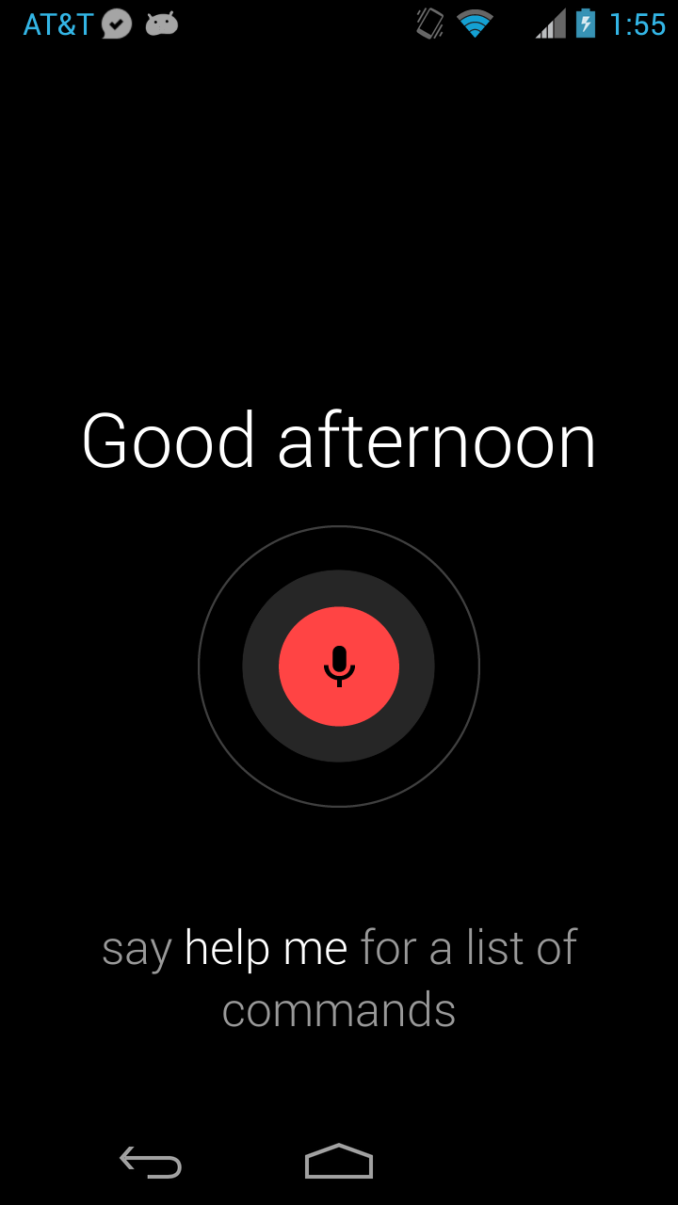
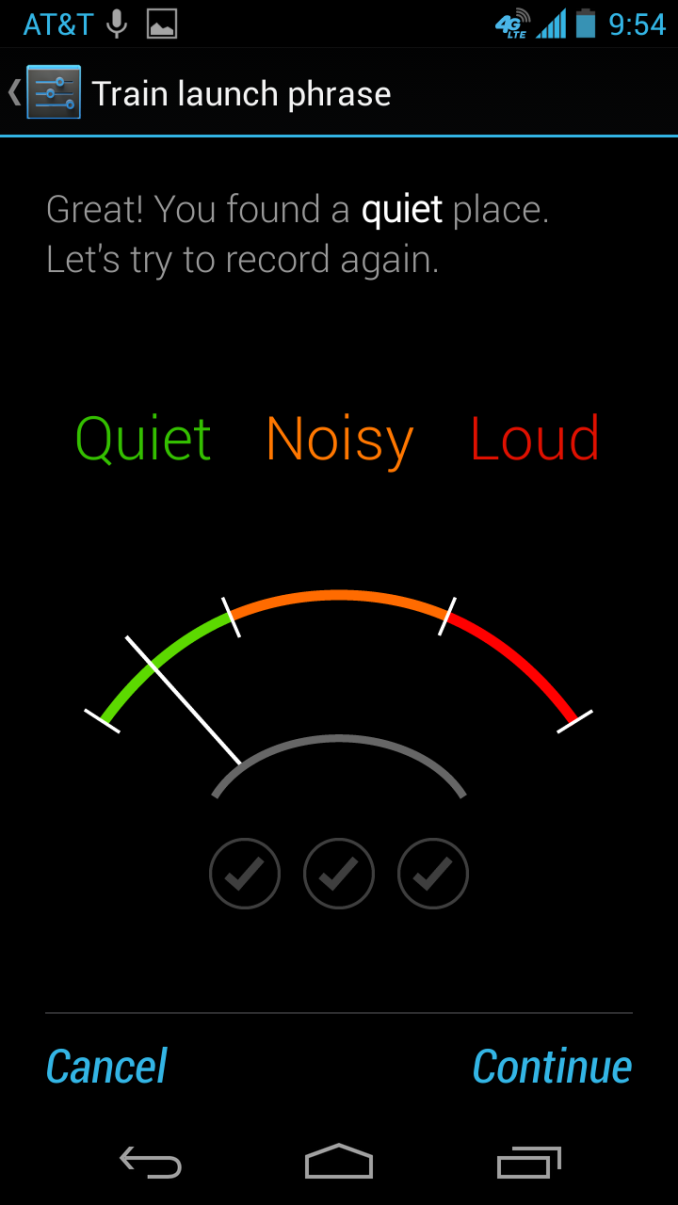
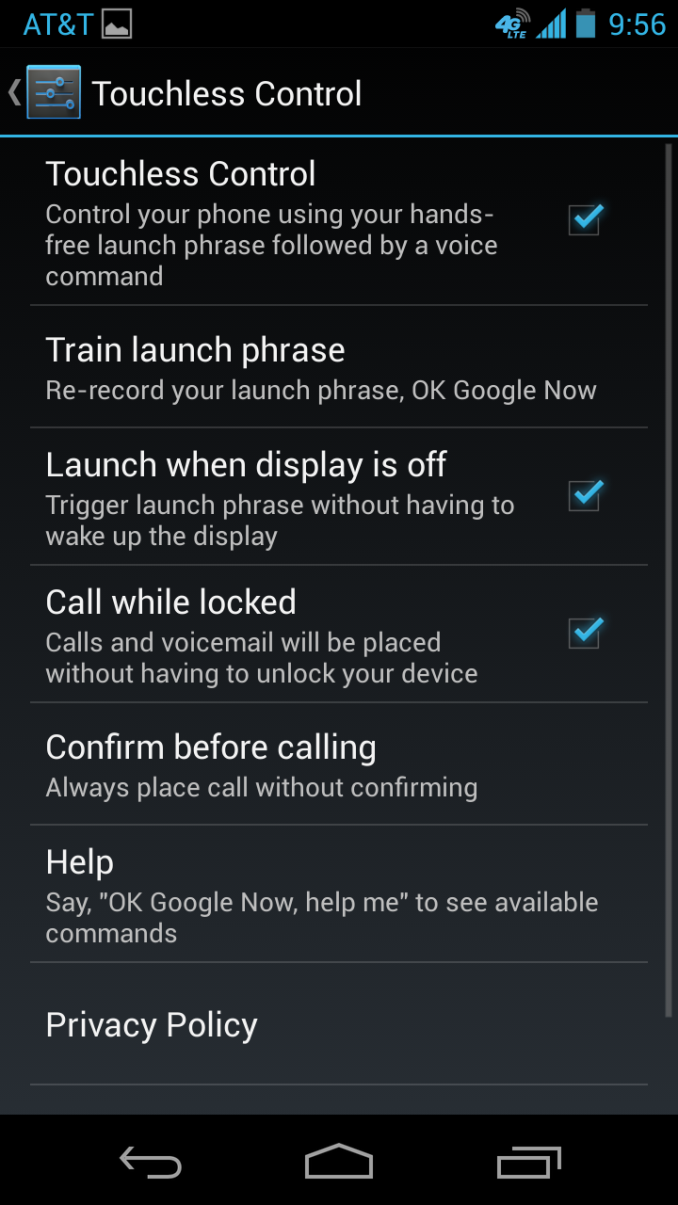
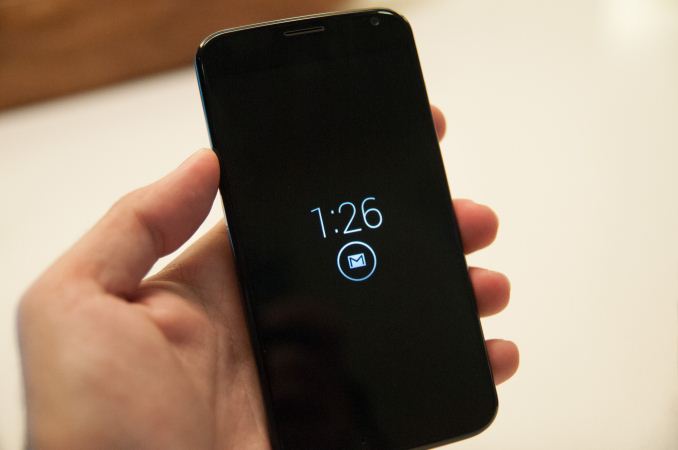

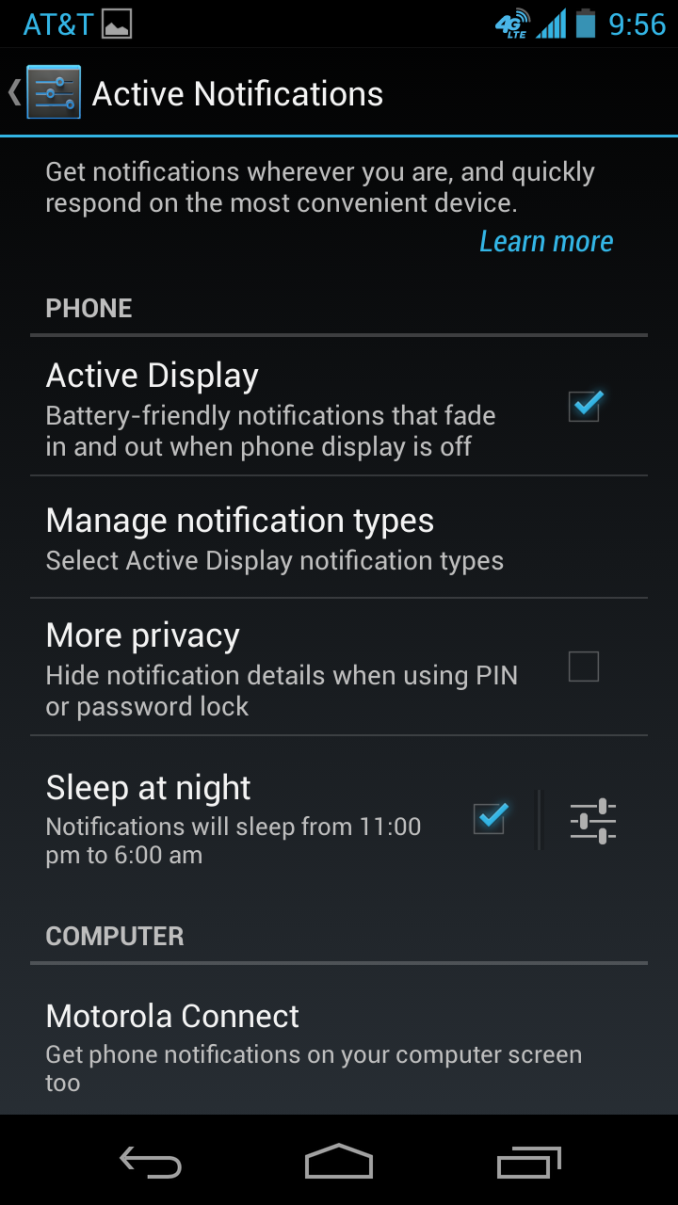

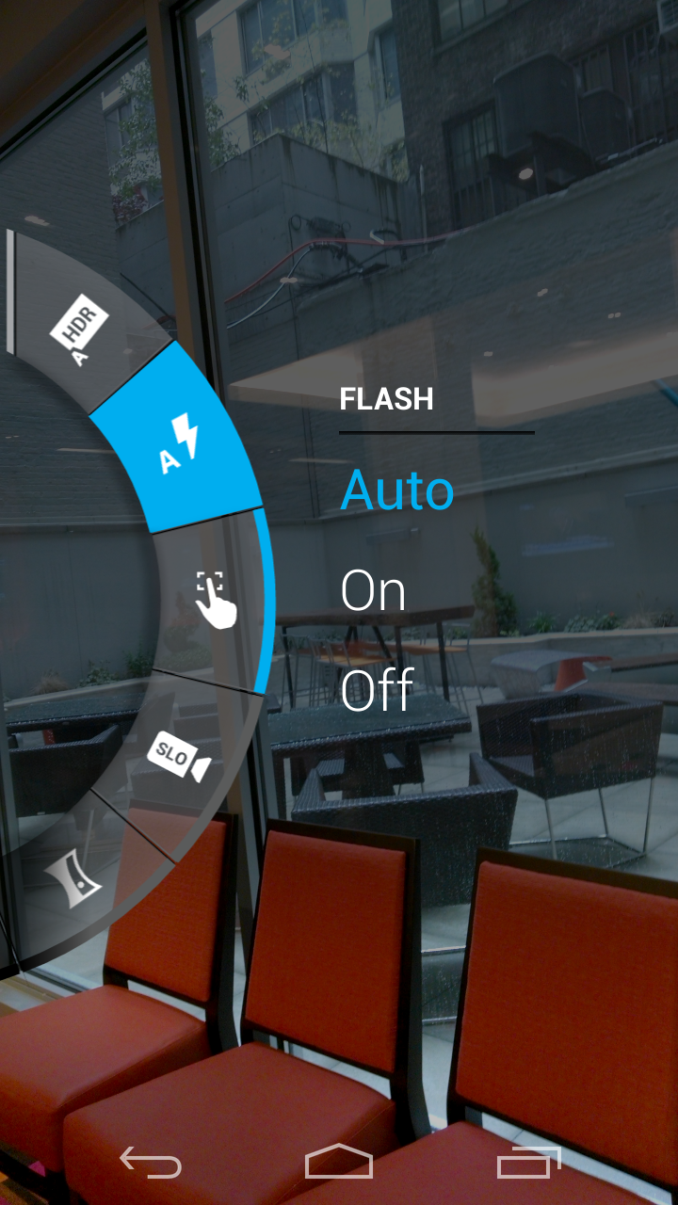








162 Comments
View All Comments
DigitalFreak - Thursday, August 1, 2013 - link
This is Moto's "flagship" phone? LMAOprophet001 - Thursday, August 1, 2013 - link
What armchairs do to quarterbacks amazes me.Jumangi - Thursday, August 1, 2013 - link
Its got a duel core CPU and a 720p display. That's not what you pay $199 + 2 years for. Its 2013 not 2011.Dentons - Thursday, August 1, 2013 - link
Sad to say, but you're right.Even though almost no one can truly tell the difference between 720 and 1080 on such a tiny screen, the dated processor, lack of microSD expandability, lack of spare battery, and small screen size mean I won't be able to recommend this to anyone.
There are far better options available at the same price point. Tentatively, this looks to be a failure of imagination. Compared to the amount of hype, it's likely to be an outright failure.
pseudo7 - Thursday, August 1, 2013 - link
No microSD and no spare battery isn't a huge deal - i'd say most people don't need it, they just think they do.Reflex - Thursday, August 1, 2013 - link
Yup, I thought I needed it, turns out I don't. Moved to a phone without it last October and I just don't miss either feature despite my earlier misgivings.I'd be more concerned with the out of date silicon and low res screen than with expandability options hardly anyone uses.
Zink - Thursday, August 1, 2013 - link
I have no problem with 720p at 4.7", it is the same DPI as an iPhone and Galaxy Note II users say 720p, even at 5.5", is good enough for the best phone available. Personally I care more about how the phone looks and the software than if I can detect perfect sharpness from 6" away. The SOC also isn't completely last gen, it is faster than a what the GSIII and Nexus 4 have for most task hopefully.jt122333221 - Thursday, August 1, 2013 - link
The silicon isn't "out of date" though - it's using two Krait 300 cores, which is the same core the 600 uses. While it's only two cores instead of four, it's still got a lot of power behind it. If it were made up with Krait 200 cores, that would be last year's silicon (your standard S4, found in the US versions of the One X and SIII).Gigaplex - Friday, August 2, 2013 - link
The S4 doesn't use Krait 200. The quad variant uses Krait 300 and the "octa" uses a mix of Cortex A15 and Cortex A7.ParkNation - Friday, August 2, 2013 - link
The S4 certainly does use Krait 200 - see http://en.wikipedia.org/wiki/Snapdragon_S4 - the new chip in the only one in the entire S4 family to have Krait 300 CPUs. Methinks you've got Samsung on the brain and thought ppl were talking about the SGS4 phone, not the Snapdragon S4 SoC (these acronyms can get confusing).